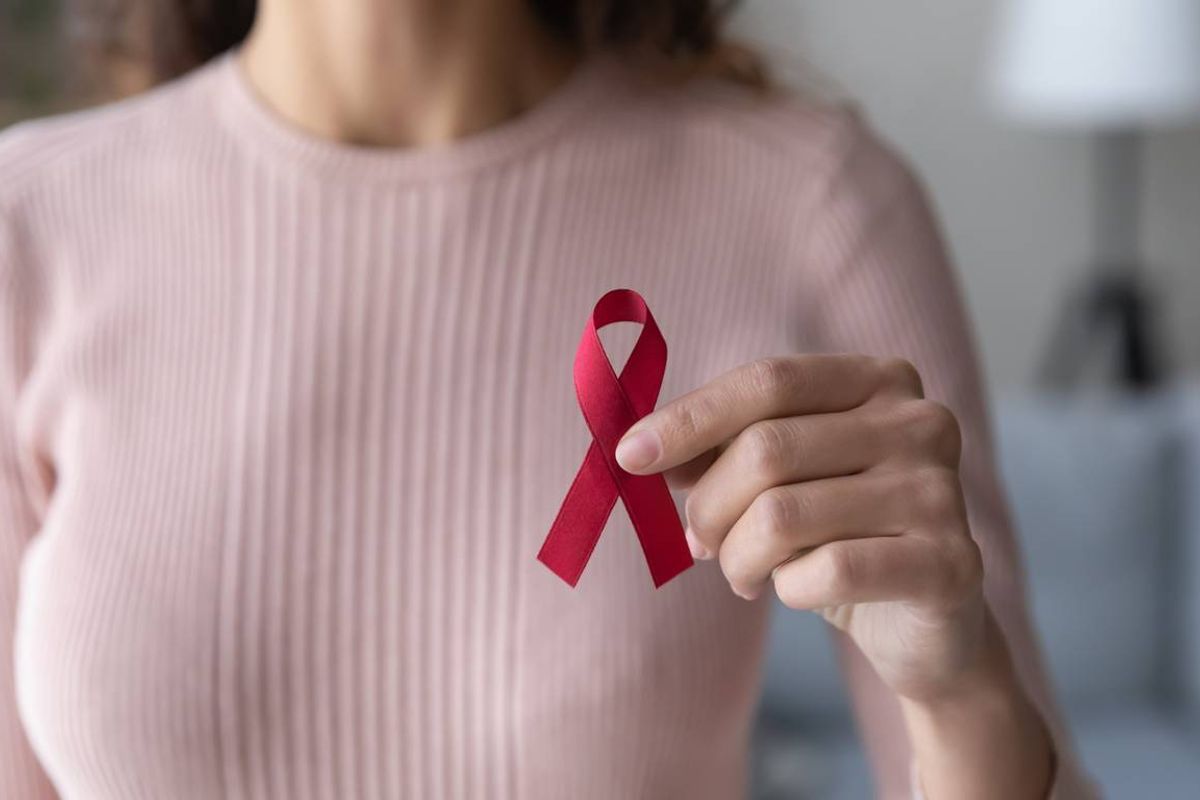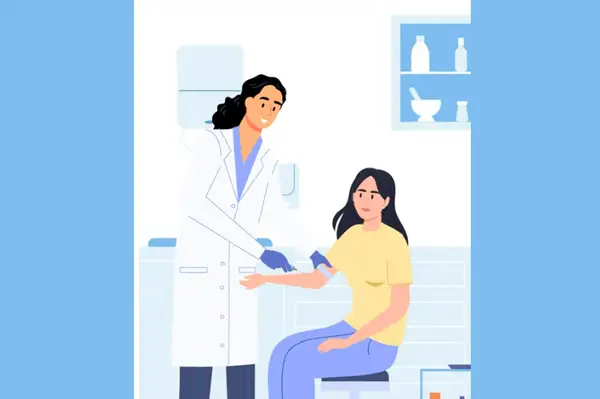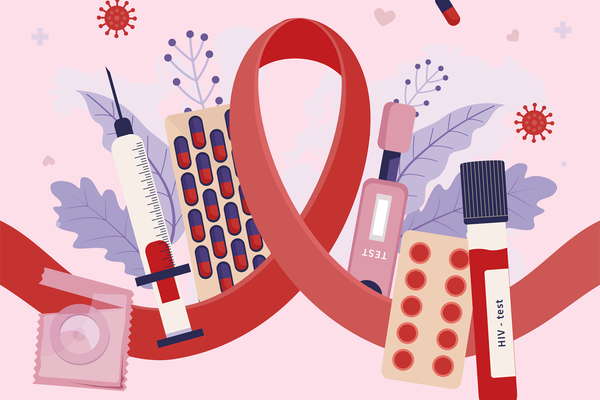HIV isn’t in the news so much anymore, but that doesn’t mean it’s gone away. The latest statistics show that around 1.2 million people in the United States have HIV — and around 13% of those people don’t know they have it. That’s about 156,000 people who aren’t aware they have the virus. There are several reasons this might be, ranging from not knowing they’ve been exposed to HIV to not having the money or resources for testing. Some people choose not to get tested because they’re worried about the stigma and discrimination they may face if they are HIV-positive.
About 1 in 5 people who are newly diagnosed with HIV are women or assigned female at birth (AFAB). Black women make up half this group, while white women make up 24% and Hispanic/Latina women, 20%.
When used as prescribed, antiretroviral (ART) HIV treatment can drop the amount of virus in your body to the point that it’s undetectable. This means your immune system stays strong and keeps you healthy. We know that untreated or undertreated HIV can lead to AIDS, but what many people might not know is that if you’re a woman or AFAB who is HIV-positive and untreated or undertreated, you face unique challenges with your gynecologic health.
The STI/HIV cycle
Untreated or progressing HIV causes you to get more frequent, more severe and harder-to-treat infections. These include sexually transmitted infections (STIs) and yeast infections.
STIs can lead to serious complications, like:
- Pelvic inflammatory disease (PID), an infection in your upper reproductive organs
- Ectopic pregnancy from scarring in the fallopian tubes
- Pregnancy complications, such as preterm birth and low birth weight
- Infertility, caused by damage to the reproductive organs
- Increased risk of cancer, especially from HPV, affecting the cervix, vulva or vagina
STIs also increase inflammation, and this makes it easier for HIV to multiply in your vaginal fluids. This means that the HIV isn’t as well controlled as it should be, despite ART, and the virus spreads more easily through sexual activity.
Added to all this, antibiotics used to treat the STIs can make ART less effective, raising your viral load. And ART can also make some antibiotics less effective, leading to antibiotic resistance, also called antimicrobial resistance. This makes infections, such as STIs, harder to treat and leads to superbugs.Changes in menstrual health
Researchers don’t know why, but women living with HIV infections can notice changes in their menstrual cycles. Your periods might be heavier or lighter than they used to be or you might miss them altogether. This is called amenorrhea. And if you have premenstrual syndrome, it could be more severe.
It’s possible that these changes don’t have anything to do with the infection but other issues like stress or perimenopause instead. But some research shows many women with HIV do have amenorrhea. One theory is that your hormones might be affected as the virus attacks your immune system. This, in turn, upsets your menstrual cycle and may even bring on early menopause.
Lower genital tract and cervical cancers
We know that anyone engaging in sexual activity can get HPV and that certain types of HPV can increase the risk for cervical cancer. But women with HIV who aren’t getting treatment are at higher risk — up to four to five times higher — of getting HPV, and they’re less likely to clear the infection from their body on their own. They also have a six times higher risk of getting cervical cancer. This is important to know because many people with HIV don’t know they have it, and many with the virus either don’t get treated or are undertreated.
You can lower your risk of cervical cancer by having regular Pap tests, a routine test done during a gynecological exam. The results can show if there are changes in the cells in your cervix before they develop into cervical cancer. Because women with HIV have that higher risk of cervical cancer, they should have the test more frequently. Guidelines vary, but a common recommendation for HIV-positive women is that you should have your first Pap test within one year of your first sexual activity or, if you’re already sexually active, within the first year of your HIV diagnosis. After that initial test, a Pap test should be done every year if you’re in your 20s, and then every three years (along with HPV testing) until you’re 65.
Living with HIV
HIV can affect your gynecological health, but knowing about this possibility puts you a step ahead. The right HIV treatment can keep your viral load low or undetectable, reducing the risk of infections, including STIs. If you do get an STI, early treatment increases the chances of successfully fighting off the infection. And, regular Pap tests can help detect abnormal cells in your cervix, often before they become cancerous. Speak with your healthcare provider about any concerns you have regarding your health at every stage of your life. Together, you can make preventive care a priority.
This educational resource was created with support from Merck.
- Growing Older with HIV ›
- PrEP and PEP: Prevention for HIV ›
- How HIV Affects Menopause and Menopause Affects HIV ›
- PrEP Is for Women, Too ›
- I Believe I’m Aging Faster Because I Have HIV ›
- Clinically Speaking: Questions and Answers About Your HIV Treatment ›





